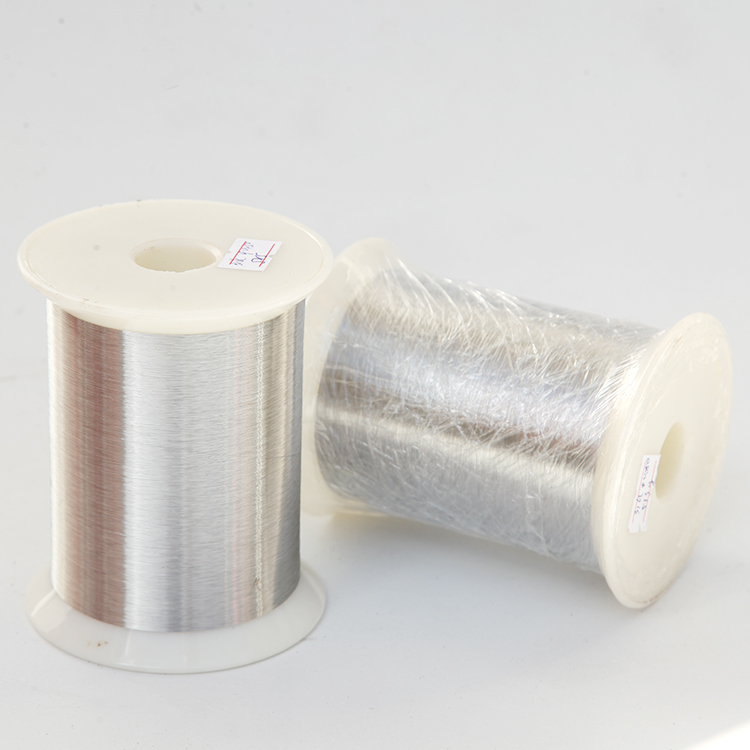Search Product
Search here for what you are looking for:
Search here for what you are looking for:
Selecting the appropriate material for stainless steel mesh is crucial to ensure optimal performance and durability in various applications. While some individuals may attempt to substitute lower-priced materials for higher-priced ones, it is essential to understand the specific properties and limitations of each material. In this article, our company will provide valuable insights into different stainless steel mesh materials to assist you in making informed choices.
302 Stainless Steel Mesh:
Characterized by its high hardness and low nickel content, 302 stainless steel mesh can be found in a relatively chaotic market. It is important to exercise caution when considering this material and verify its quality and origin.
304, 304HC, and 304L Stainless Steel Mesh:
These variants share the common feature of having a nickel content of not less than 8%. 304HC stainless steel mesh contains copper, providing enhanced ductility. The "H" denotes high, and the "C" represents copper. On the other hand, 304L stainless steel mesh has a carbon content of ≤ 0.03%, making it low in carbon. The "L" stands for low or less.

316L Stainless Steel Mesh:
316L stainless steel mesh has a higher nickel content and a carbon content of less than 0.03%. This results in a softer material with low carbon and high nickel characteristics. It offers excellent corrosion resistance and is particularly suitable for applications requiring superior resistance to harsh environments.
321 Stainless Steel Mesh:
Containing titanium, 321 stainless steel mesh exhibits improved alkali resistance and high-temperature resistance. This material is commonly used when enhanced resistance to alkaline solutions and high temperatures is required.
430 Stainless Steel Mesh:
Also known as stainless iron, 430 stainless steel mesh is often utilized in the production of cleaning ball threads. It offers good corrosion resistance and is suitable for applications where high strength and durability are necessary.
201 and 202 Stainless Steel Mesh:
201 and 202 stainless steel mesh contain manganese and exhibit good wear resistance. These materials are frequently used in the production of high-manganese stainless steel. Additionally, 202 stainless steel mesh is non-magnetic and nickel-free.
310S and 314 Stainless Steel Mesh:
310S stainless steel mesh demonstrates excellent high-temperature resistance and can withstand temperatures up to 1100 degrees Celsius. Meanwhile, 314 stainless steel mesh offers even higher temperature tolerance, withstanding temperatures up to 1400 degrees Celsius. These materials are commonly employed in applications involving metal conveyor belts or environments with extreme heat.
When selecting the material for stainless steel mesh, it is important to consider factors such as corrosion resistance, temperature tolerance, wear resistance, and specific application requirements. By understanding the properties of different materials, you can make an informed decision that ensures optimal performance and longevity in your intended application.